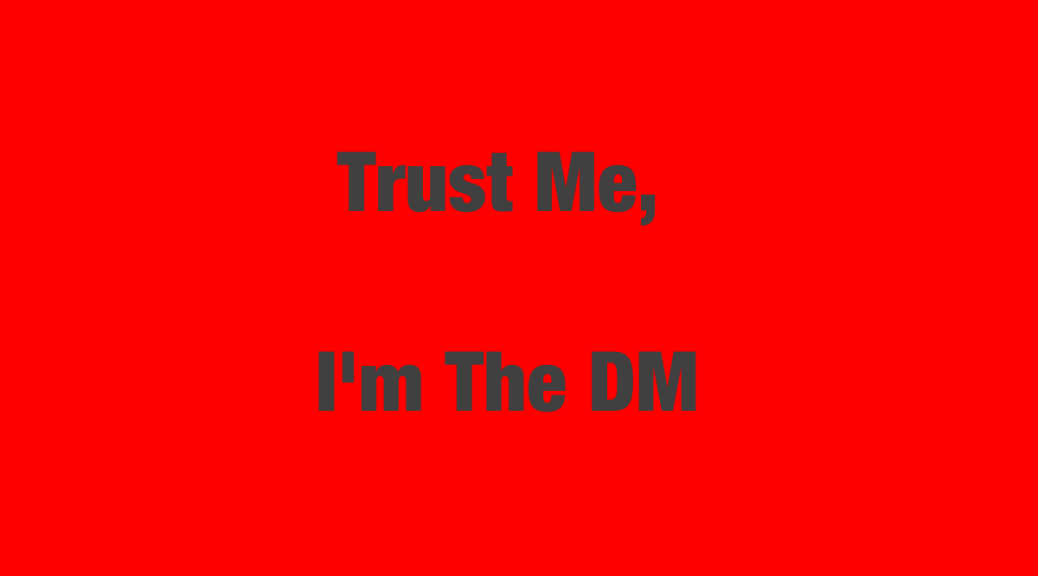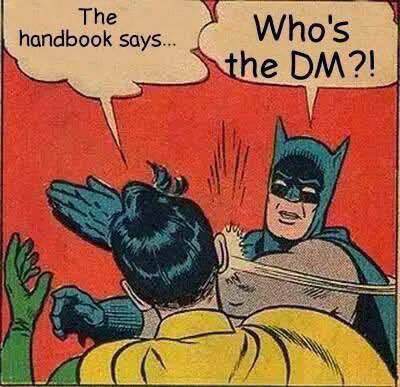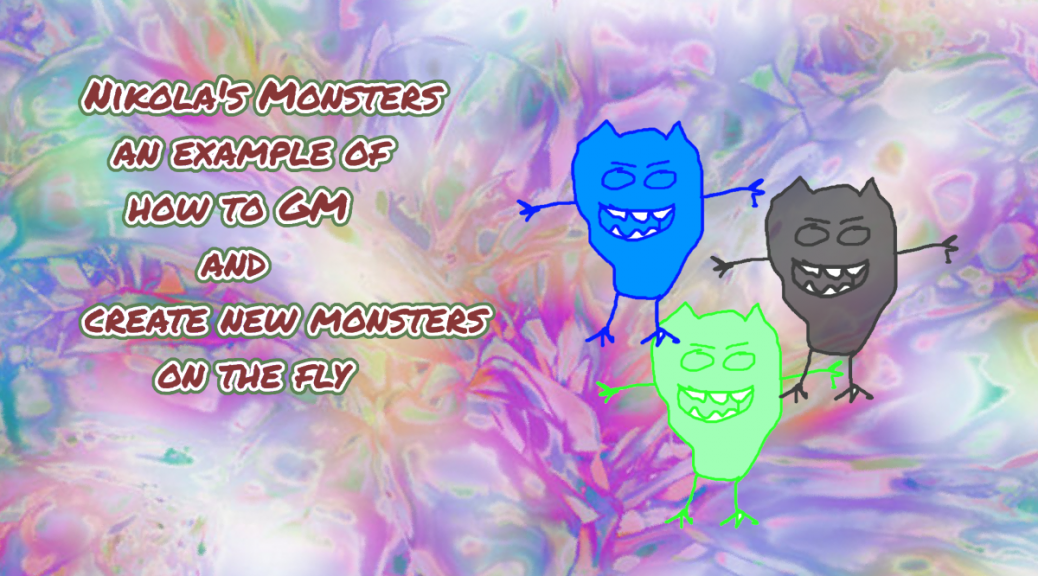Cavegirl has this to share on Twitter.
I don’t know what instigated this, but this was my reply. I thought it good enough to make a blog post out of it.
What fool said this?
My role as both GM and player is a hodge podge of every book, comic book, TV show, movie, play, conversation, random thought, and past play experience.
I’ve taken ideas from they way we ran our games BITD, plus ideas of bloggers, and other games.
I like advantage/disadvantage, usage die, and other simple tweaks that can make a game fun and flow.
I’ve tweaked my GM style with the way other GMs do things. It may be subtle, but I still learn something from every game I run and play.
In recent weeks, it finally sunk in to my old set in my ways self, that I have a passive/aggressive streak that comes out in all my characters when I’m frustrated with what another player is doing to drive the narrative.
Strongly outspoken people who will talk nonstop really bring that out.
It was like I’m naked under a floodlight in a crowded room when the lightly went off.
I’ve been playing over 40 years and didn’t see it til now.
This may seem like a segue, but this illustrates the player growth aspect.
Now I can work on not doing that and changing my timing by anticipating these things and using my player agency to improve the session.
What are your resources? You should have an enormous reference library in you memory.
Work on utilizing it.
Brainstorming, free association, just writing whatever comes out, daydreaming, etc.
My whole blog is built on using my ever expanding personal library. My ideas that become PDFs on DriveThruRPG use that same library.
It’s OK to play or just read other games. You might find something you like, or think about something in your favorite game and get an idea to improve it.
Change is inevitable. We can either waste our strength resisting change, or we can ride the wave and see what we can do with new information.




